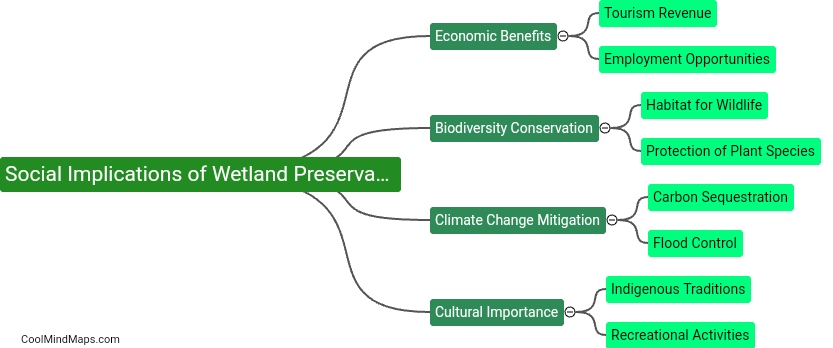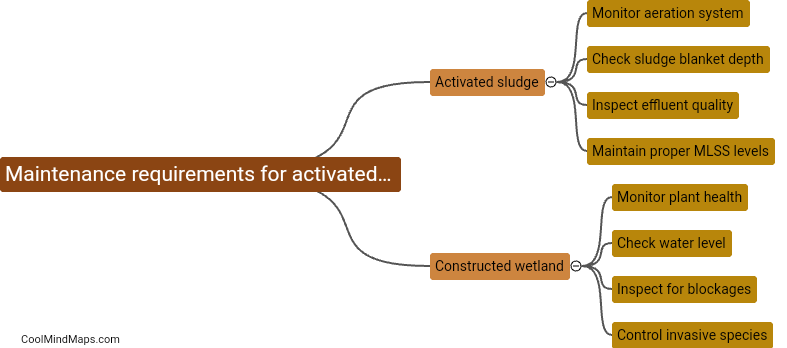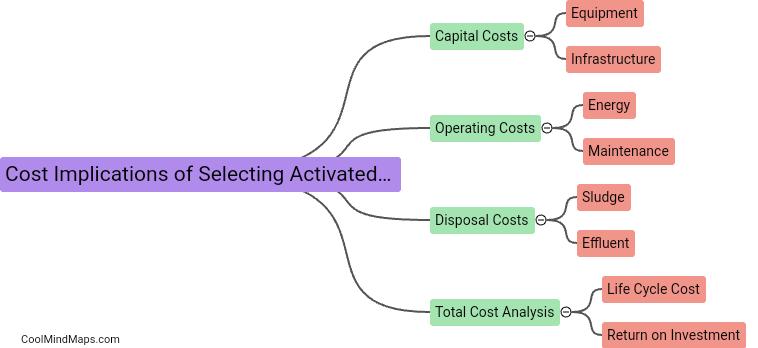What are the environmental impacts of wetland constraints?
Wetland constraints can have various environmental impacts, including changes to water flow and quality, loss of habitat for plants and animals, and decreased biodiversity. When wetlands are drained or altered for development or agriculture, it can disrupt the natural balance of ecosystems and lead to the decline of species that rely on wetland habitats for survival. Wetlands also play a crucial role in filtering pollutants from water and reducing the impacts of flooding, so their alteration can have wide-ranging environmental consequences. It is important to consider these impacts and implement strategies to protect and restore wetlands to preserve their ecological functions.

This mind map was published on 28 September 2024 and has been viewed 41 times.











